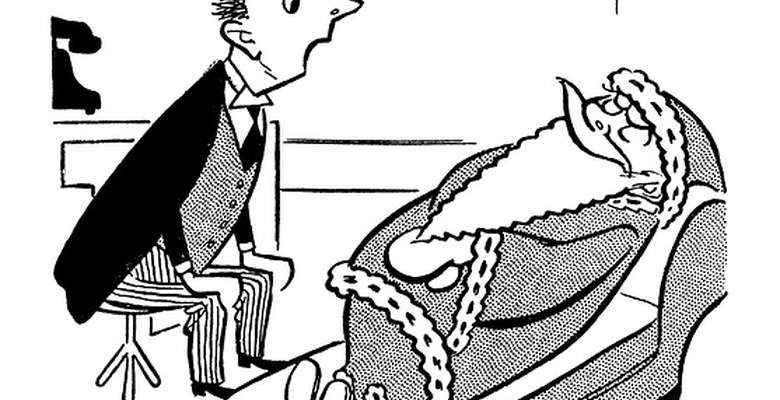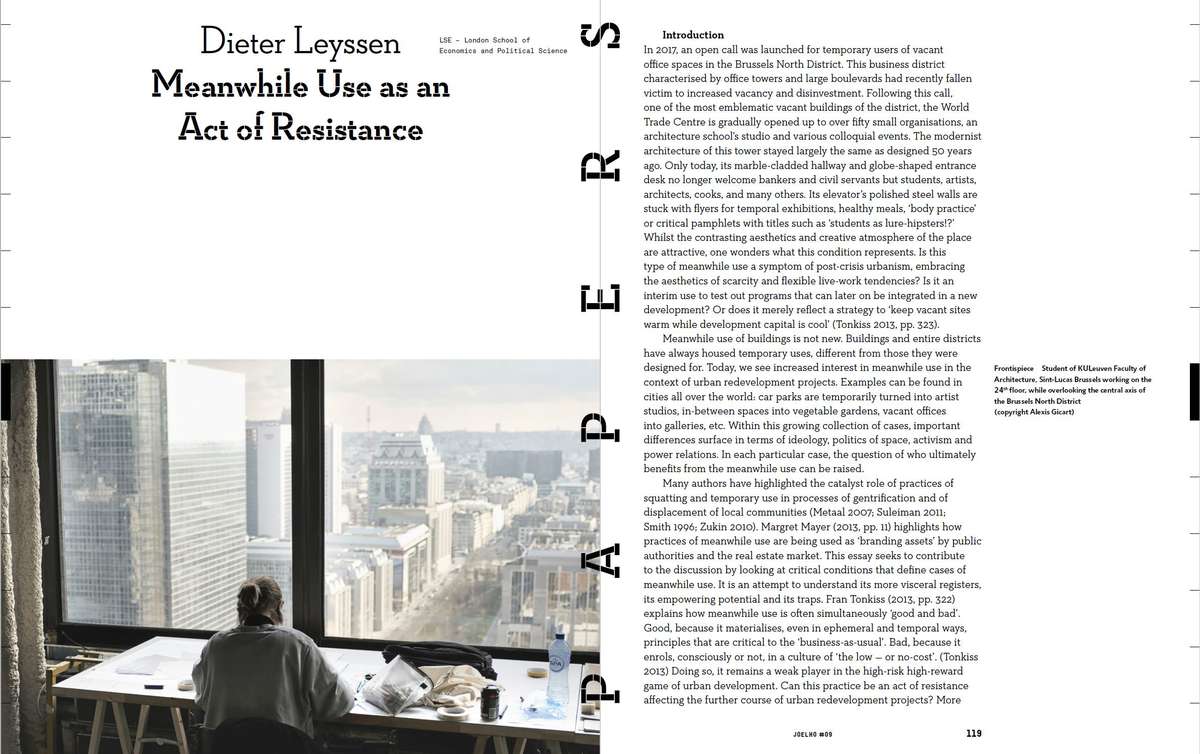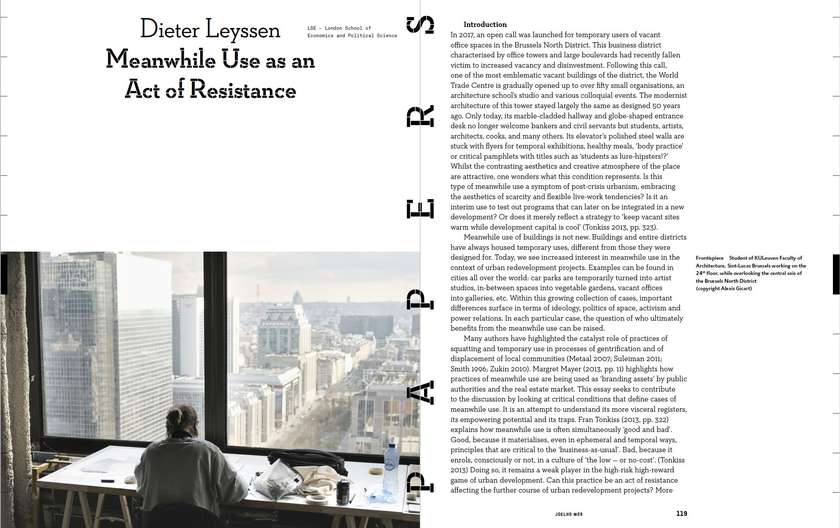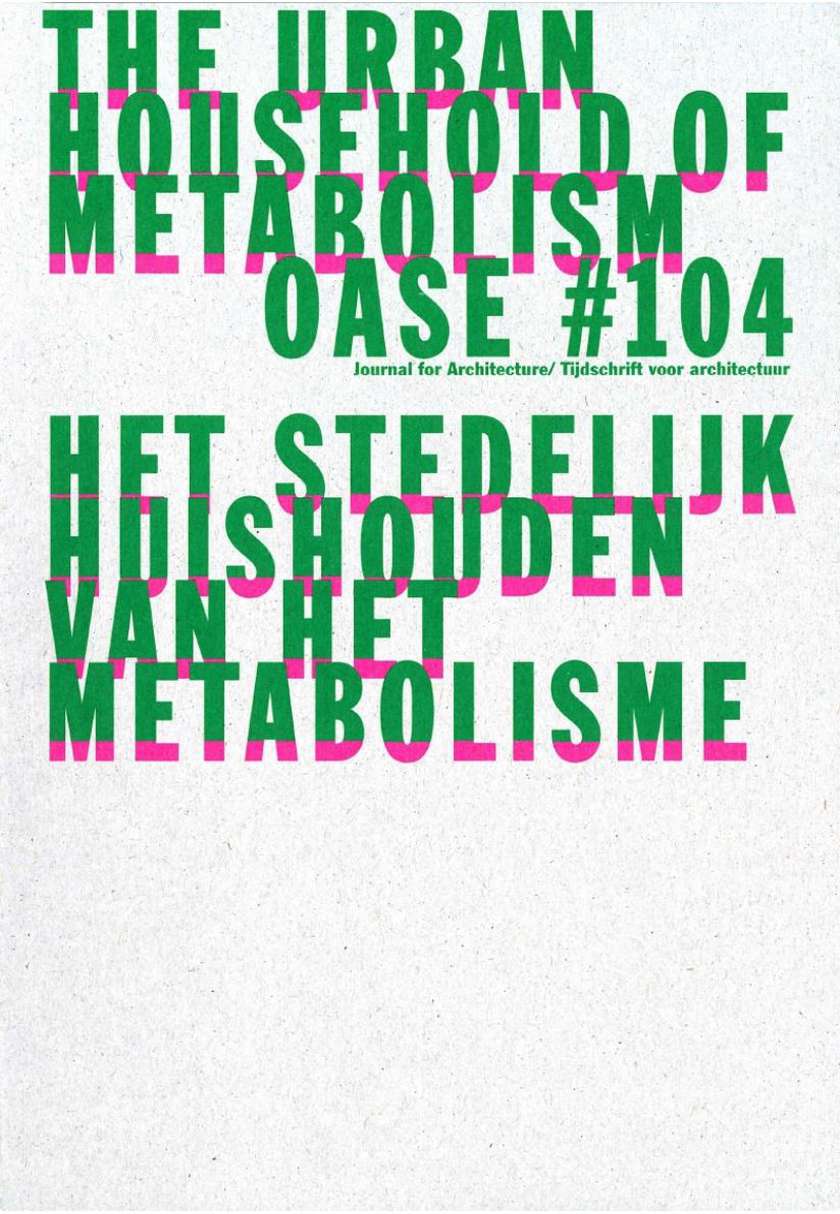Idea by
Dieter Leyssen
KULeuven
Call for ideas 2020
Why do we practice ?
Why do we practice ?

- New alliances
Many reports on architecture emphasize the results of its practice: new buildings, public spaces, studies, and theories. Perhaps rightfully so, as these transformations directly affect people’s daily lives. The individual motivations of the practitioners behind the project are rendered trivial. Yet those personal histories provide a fascinating insight into how and why a practice develops. I developed this thesis at LSE in an essay on Urban Trauma (see project section). My interest in the writing grand lies in revealing the underlying motivations of FA's architectural practices. I will focus on the difficult, hard-to-pin-down drivers that branch outside the professional realm: personal or collective trauma, events of political activism, or ‘guilty pleasures’. The piece can take many forms: a mind map of crucial events? A psycho-analytic exercise? It should, however, go beyond cliché's and reveal the underexposed motivations of the selected practices.

Leyssen D. (2018). Meanwhile Use as an Act of Resistance. Joelho. Revista de Cultura Arquitectónica

Grommen C, Leyssen D., Royakkers M. (2019). Seasonal Neighbours. The social role of seasonal migrant workers in horticulture in Haspengouw. Oase. Journal of Architecture
Why do we practice ?
Why do we practice ?

- New alliances
Many reports on architecture emphasize the results of its practice: new buildings, public spaces, studies, and theories. Perhaps rightfully so, as these transformations directly affect people’s daily lives. The individual motivations of the practitioners behind the project are rendered trivial. Yet those personal histories provide a fascinating insight into how and why a practice develops. I developed this thesis at LSE in an essay on Urban Trauma (see project section). My interest in the writing grand lies in revealing the underlying motivations of FA's architectural practices. I will focus on the difficult, hard-to-pin-down drivers that branch outside the professional realm: personal or collective trauma, events of political activism, or ‘guilty pleasures’. The piece can take many forms: a mind map of crucial events? A psycho-analytic exercise? It should, however, go beyond cliché's and reveal the underexposed motivations of the selected practices.

Leyssen D. (2018). Meanwhile Use as an Act of Resistance. Joelho. Revista de Cultura Arquitectónica

Grommen C, Leyssen D., Royakkers M. (2019). Seasonal Neighbours. The social role of seasonal migrant workers in horticulture in Haspengouw. Oase. Journal of Architecture